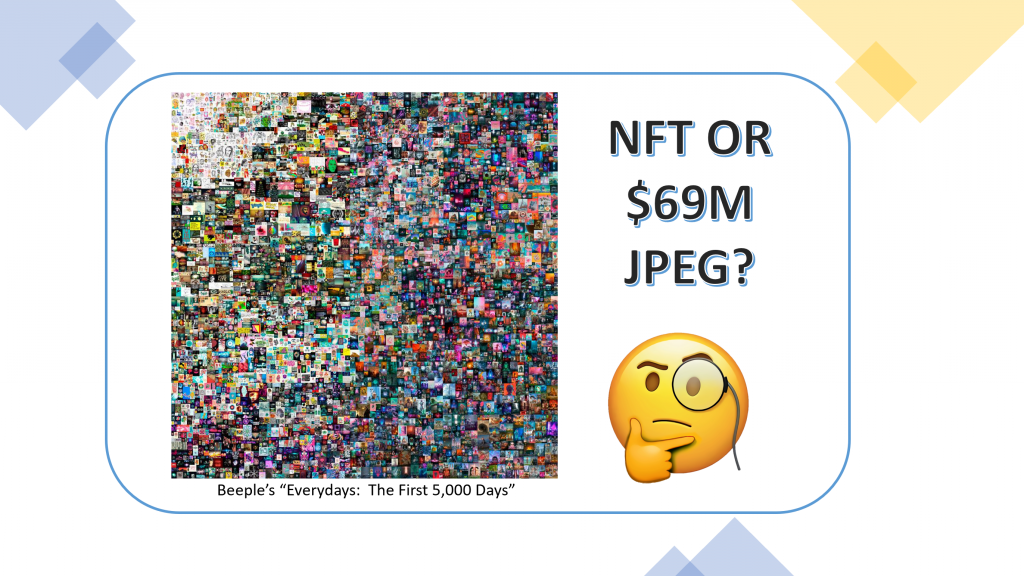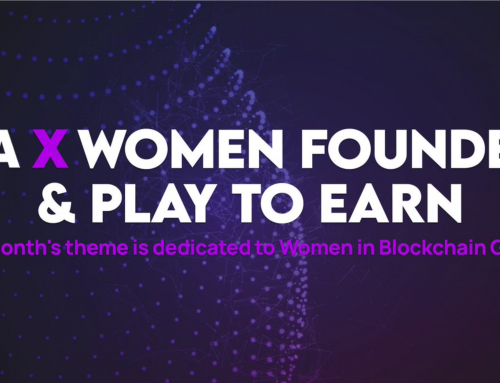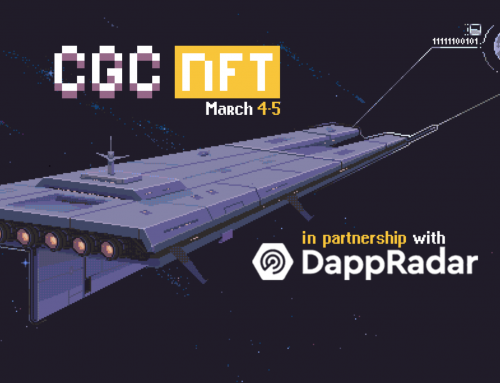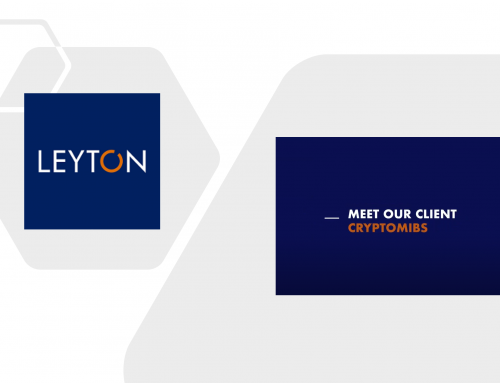How NFTs are used in Art, Gaming, Music, and Ticketing
For the Video Version, go to the end
NFTs in Art
NFTs have appeal to both art creators and art collectors, but for different reasons. For art creators, an NFTs ability to be tracked transparently from its inception means that creators now have visibility into each hand-off of their creation and, most importantly, the exchanged value. Thanks to smart contracts, creators can benefit from perpetual royalties from each exchange. This is, of course, assuming that such royalty contracts are implemented across all possible handoffs.
The CryptoMibs platform includes “Designer Marbles”, where independent artists can submit their own unique marble designs, post them on our Mib Store, and we profit share at the time of sale. As shown in the figure below, the transactions are public and can be verified by anyone:
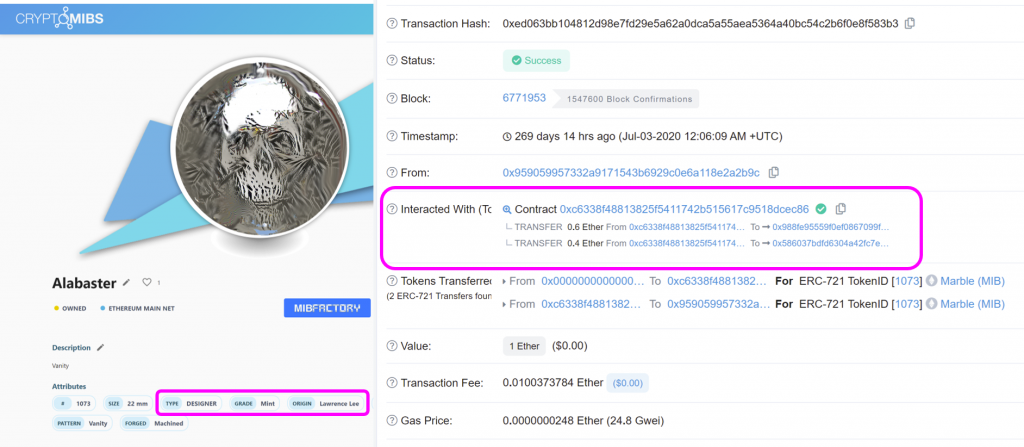
From a collector’s perspective, NFTs enable the ultimate proof of ownership of an art piece and also the ability to verify total supply. NFTs can help answer: Is this piece of art truly one-of-of-kind, or are there more copies out there? But there is a lot of fine print in the implementation of NFTs, something that those jumping into the ecosystem may not fully understand. For instance, was Beeple’s $69M “Everydays: the First 5,000 Days” an NFT or simply a very expensive JPEG?
There is so much to cover with NFTs in Art that I will do a deep-dive on this topic in Episode 4 to explore the Beeple sale and more.
NFTs in Music
NFTs have great disruption potential for the music industry. In the current model, musicians are either tied to ridiculous contracts where even major artists like Taylor Swift to have to re-record their own songs in order to have rights to them, or have to resort to earning fractions of cents for each stream with the Spotifys of the world. NFTs empower artists by placing ownership back in their court without having to adhere to a contract with a third party. Musicians can flip the streaming model up-side-down, and instead of focusing on volume to maximize revenue, they can distribute more customized and collectible tracks that fans can purchase directly from the artist.
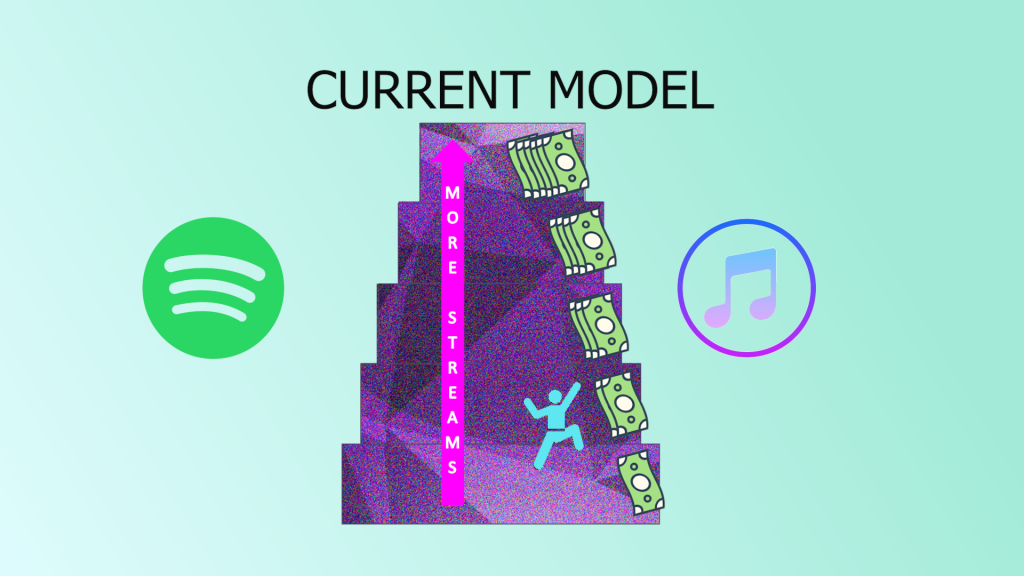
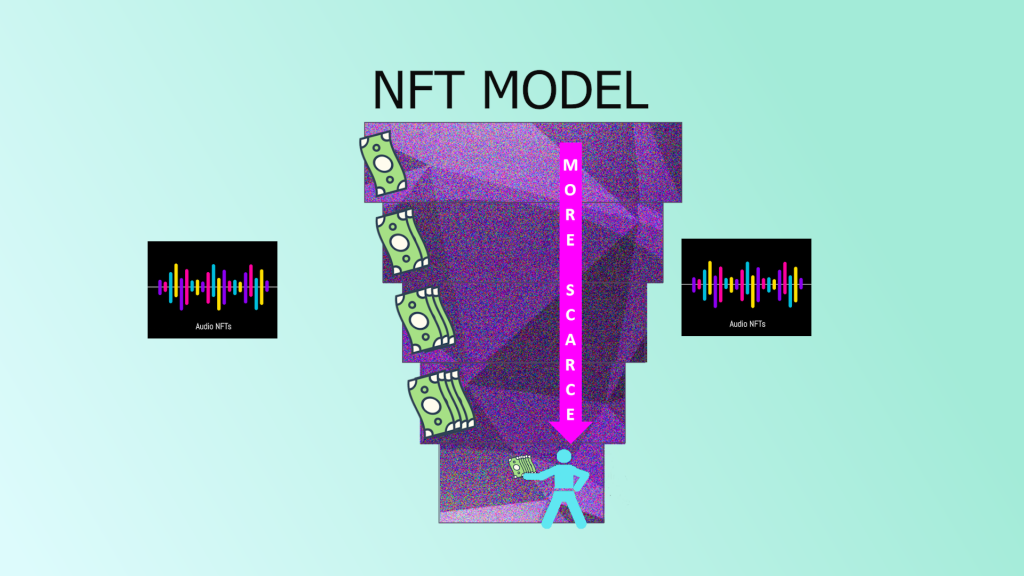
NFTs in Ticketing
The current ticketing model is plagued with fraud, where scalpers can inflate ticket prices to events through hoarding and falsification. Performers, sports teams, and event organizers receive no benefit from secondary sales or from the inflation of prices by scalpers and other third-party interventions. NFTs can create a new model without scalpers and where event organizers and event headliners can benefit from secondary sales. NFTs also provide endless opportunities for loyalty rewards, including live snapshots as NFT collectibles, special NFT audio tracks, or a redeemable prize at the next event.
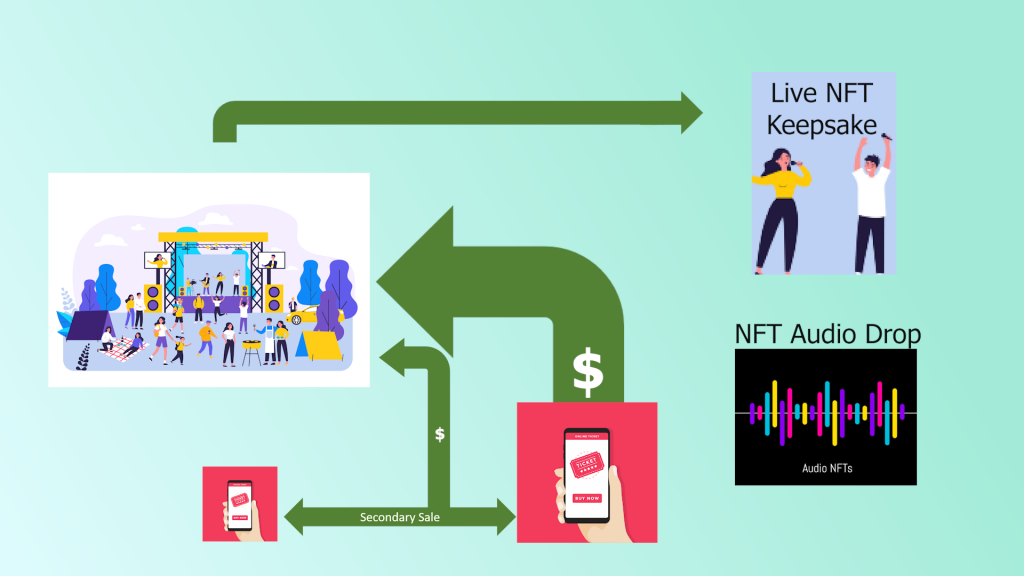
NFTs in Gaming
Since CryptoMibs is an NFT gaming platform, I can literally go on for hours on how NFTs can disrupt the gaming industry. This is why I will devote a full episode (Episode 5) to talk about NFTs in gaming. But as a preamble, the game-changing (pardon the pun!) benefit NFTs provide to gamers is the ability to own in-game assets and being able to buy or sell these assets on third party NFT marketplaces. NFTs enable someone who purchased a $200 skin to re-sell it to another player.
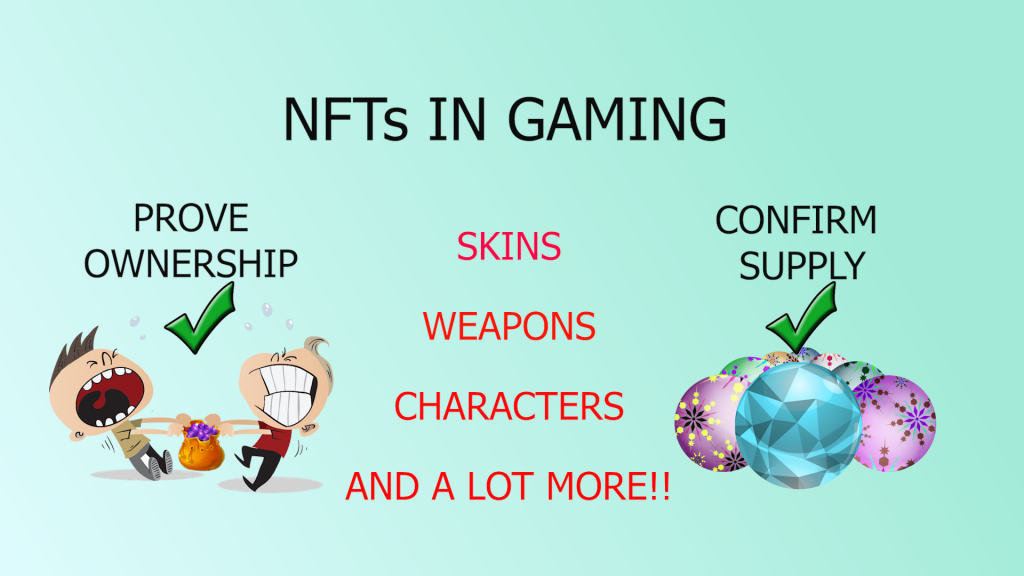
NFTs allow for the a new dimension of in-game asset economies even beyond re-selling. For example, our Mib Trek game requires players to forge a set number of Crystals to decode the location of the Genesis Marble. However, one of the ingredients to forge a Crystal is a Catalyst Marble, which can only be won in-game and are therefore very rare. In a traditional game, players would be forced to win this marble on their own. However, since Catalyst Marbles are NFTs, players can search for the owners of these rare treasures and attempt to make a compelling offer to gain the asset for themselves and complete their mission. :
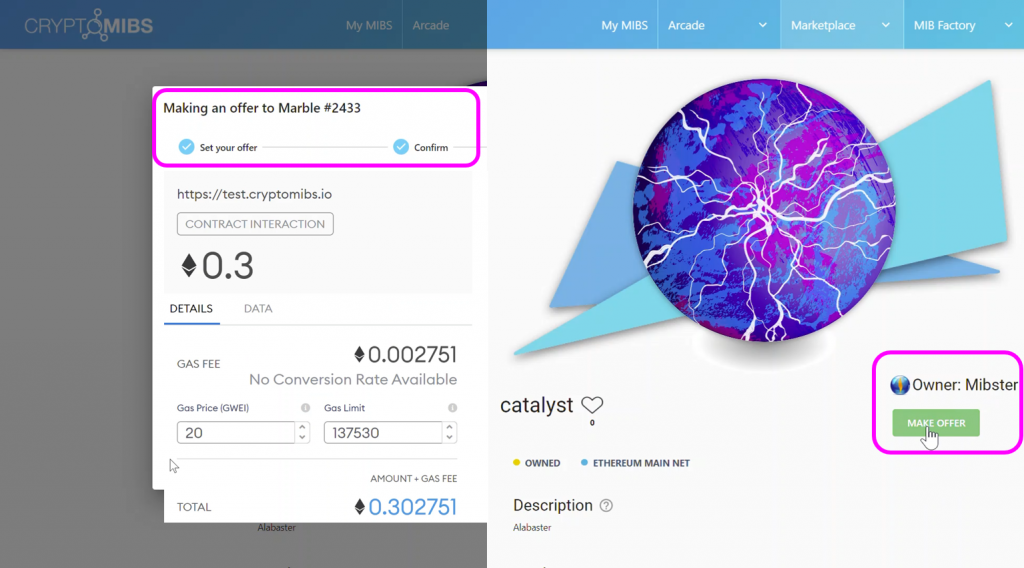
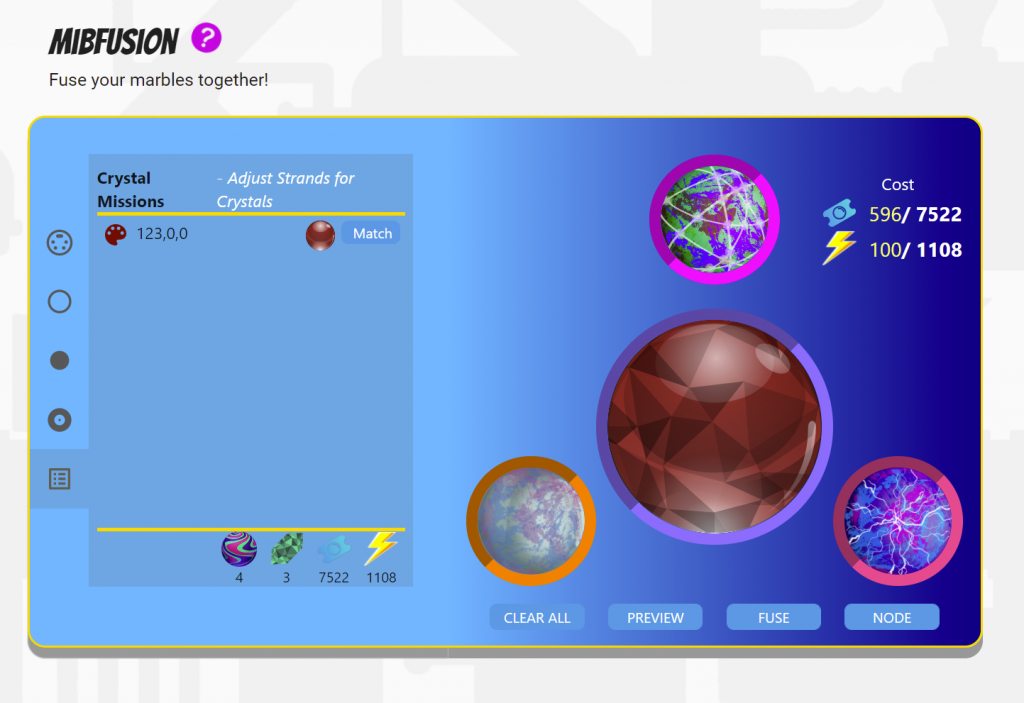
Another aspect of NFTs that I will cover in Episode 5 is INTEROPERABILITY – the ability to take an asset from one gaming platform to another. Sign up for the Blog Newsletter and I’ll notify you when it is posted!
UP NEXT: MORE USES FOR NFTS – IN BUSINESS
There are so many use cases for NFTs that there is no way to cover them all in one blog. In the next episode I will go through some of the most interesting uses in the business world.
